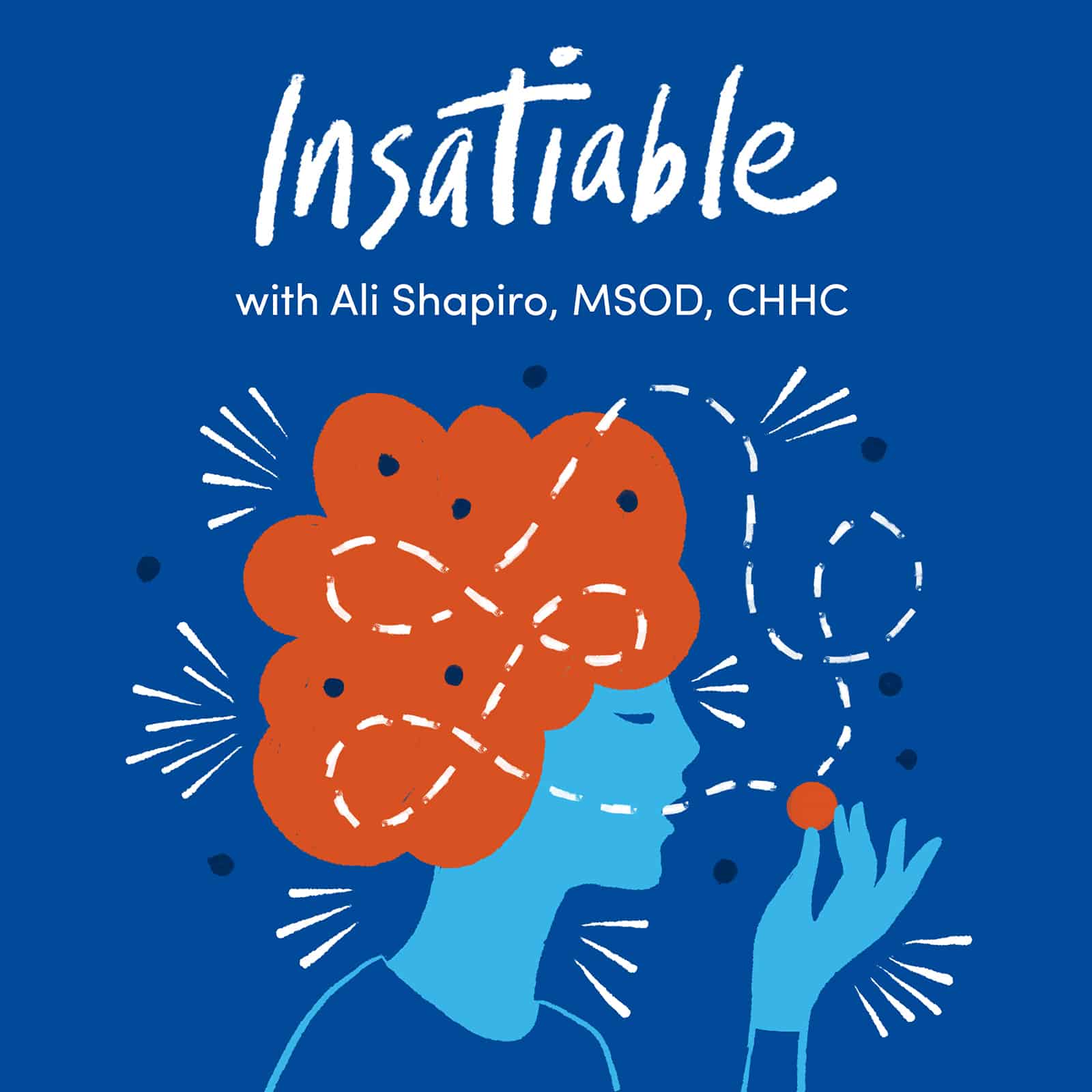Want a free sample of Truce with Food? Join us.
Twenty years ago, when I was struggling with dieting and emotional eating, I found one expert, Geneen Roth, on the topic. I read her book, Breaking Free From Emotional Eating. For the first time, I didn’t feel alone in my debilitating preoccupation with food.
In large part to her pioneering exploration, there is now academic interest, thousands of emotional eating coaches, books and blogs on how eating is as much about our feelings as food.
Fantastic.
As far as I’m aware, Roth gratefully did the heavy lifting to give us the language and concepts for emotional eating territory. However, to navigate towards life-changing food freedom, we need more refined maps.
One premise that needs to evolve is to “feel your feelings”.
The idea is that if you simply allow yourself to “feel your feelings”, you won’t eat to numb them because you’ll have dealt with the reason you wanted to cheat, binge or overeat in the first place.
In reality, what often happens, is that when we simply “feel our feelings”, they get worse, instead of better.
Feelings grow in intensity rather than dissipate quickly because of the stories that we make up to go along with those feelings.
For example we might…
- Feel like a failure and then start beating ourselves up over all the things we should’ve done differently.
- Feel invisible at the bar and then start thinking about our weight and all the reasons we’ll never meet someone.
- Feel uncertain about a work situation and then start thinking of all the clues that confirms the worst-case scenario.
When we only focus on “feeling our feelings”, they tend to spiral and intensify which leads to a sense of being out of control or powerless. When we feel powerless we’re more likely to reach for foods that provide immediate comfort but are out of alignment with what we really want.
“Feeling our feelings” is not the answer.
Exploring our feelings is.
There’s a subtle but significant difference between feeling and exploring our feelings.
Exploring our feelings means we approach them with curiosity and a healthy dose of skepticism.
Our feelings are always valid BUT the stories we attach to those feelings are not necessarily true or accurate.
You may feel disappointed in an outcome but have you really failed?
You may feel lonely but are you really invisible to potential partners?
You may feel trepidation about your work but is this really the worst-case scenario?
You may feel powerful but are you really a stable-genius? ;o)
With the Truce with Food tools to clarify what’s really happening with stress and overwhelm, clients are astounded at how inaccurate the stories are that they attach to their feelings.
Part of the amazement is because most women are excellent at making sure they look good to the outside world. They read rooms. Yet they are self-critical, not self-aware, of how their own mindset (which is often black and white) generates stressful feelings and an imagined reality.
For example, women often compare their current bodies to their previous thinner selves. This comparison usually generates a story of losing and thus, failing. Your losing feelings are generated from the comparison and cut off the potential reality of connecting to discovering what works for your body now, which grounds and fulfills us (anecdotes to emotional eating!).
Most people have a very shitty first draft (h/t to Anne Lamott for the term) of reality. As a result, you often feel bad, guilty or overwhelmed, unnecessarily. Part of the magic of Truce with Food is you learn a framework to look at your feelings objectively. As one client said, “Truce with Food is freeing in the most uncomfortable way!”
It’s uncomfortable to step outside your comfort zone, to put yourself out there to challenge your own first impression. But on the other side is food freedom, self-trust and fulfillment. As another client said to me (and gave me permission to share her humor here):
“I’d rather do this hard work than the f@#$R# tedious work of counting my food.”
Yep, a much more effective and fun way to spend your time.
It takes on average 17 years for new medical information to trickle into your doctor. If you don’t want to wait any longer for client-described, a “life-changing” refined map to transform your “bad” eating, join us in Truce with Food. Registration is January 22-29. We’re already 40% full as my Tapas participants were given early registration.
And remember, you can get a free sample of Truce with Food here.
It’s time you got a solid, freeing and mind blowing return on your efforts.
Be well,
Ali
PS – Want to chat 1:1 to clarify if Truce with Food is the right for you? Schedule here. This isn’t a sales call. It’s a genuine opportunity to hear your story, where you are and if this is the right fit.
PPS – Want to learn other shortcomings of conventional emotional eating approaches? Check out this “Freedom from the Downward Eating Spiral” Insatiable episode or transcript.






Leave a Reply